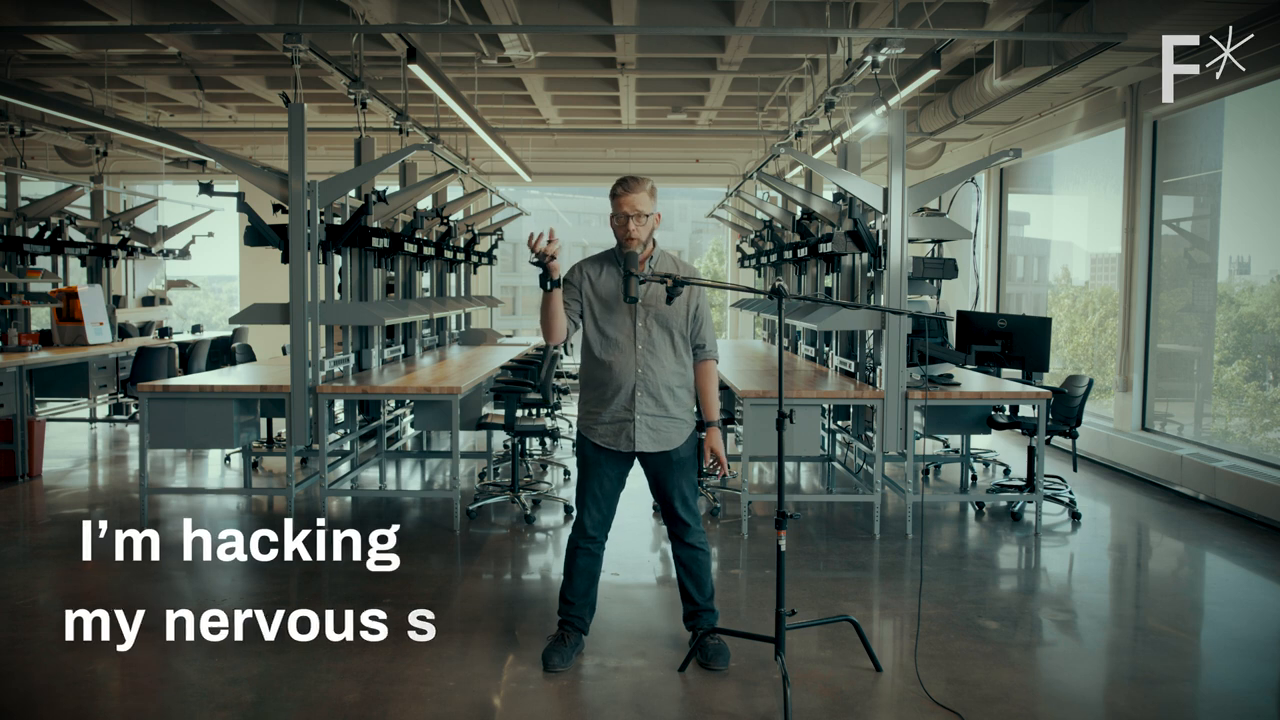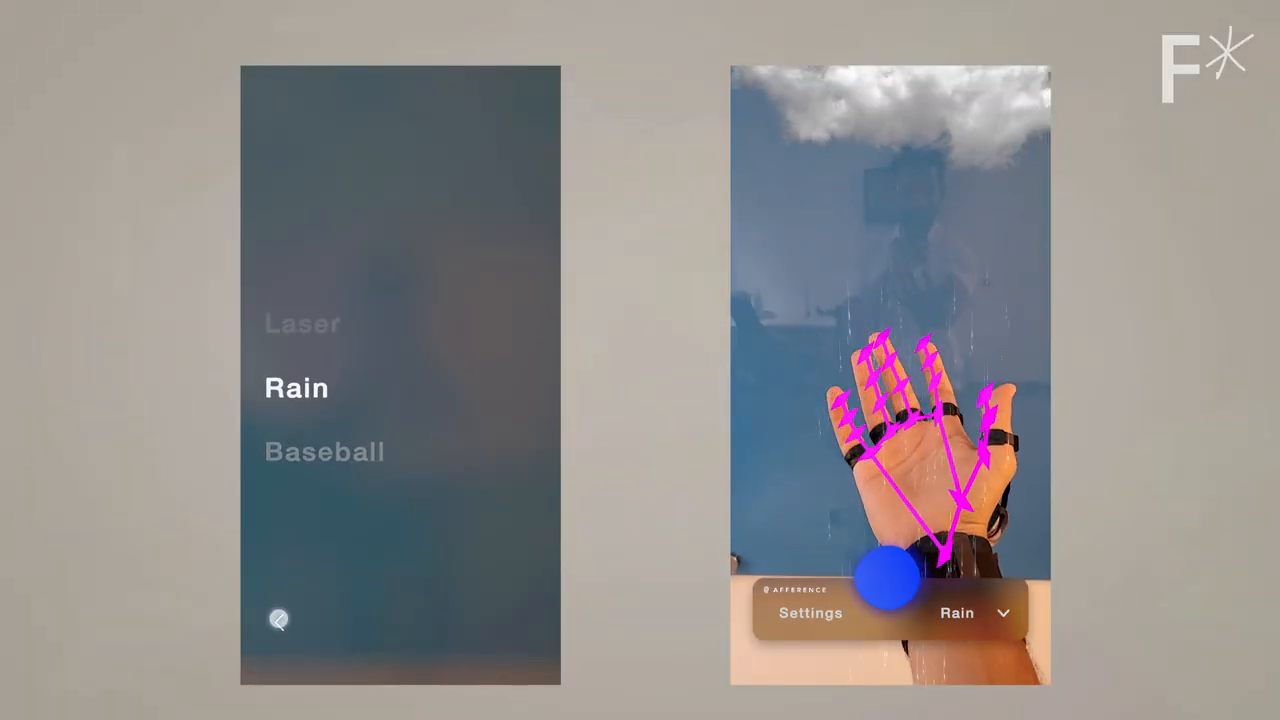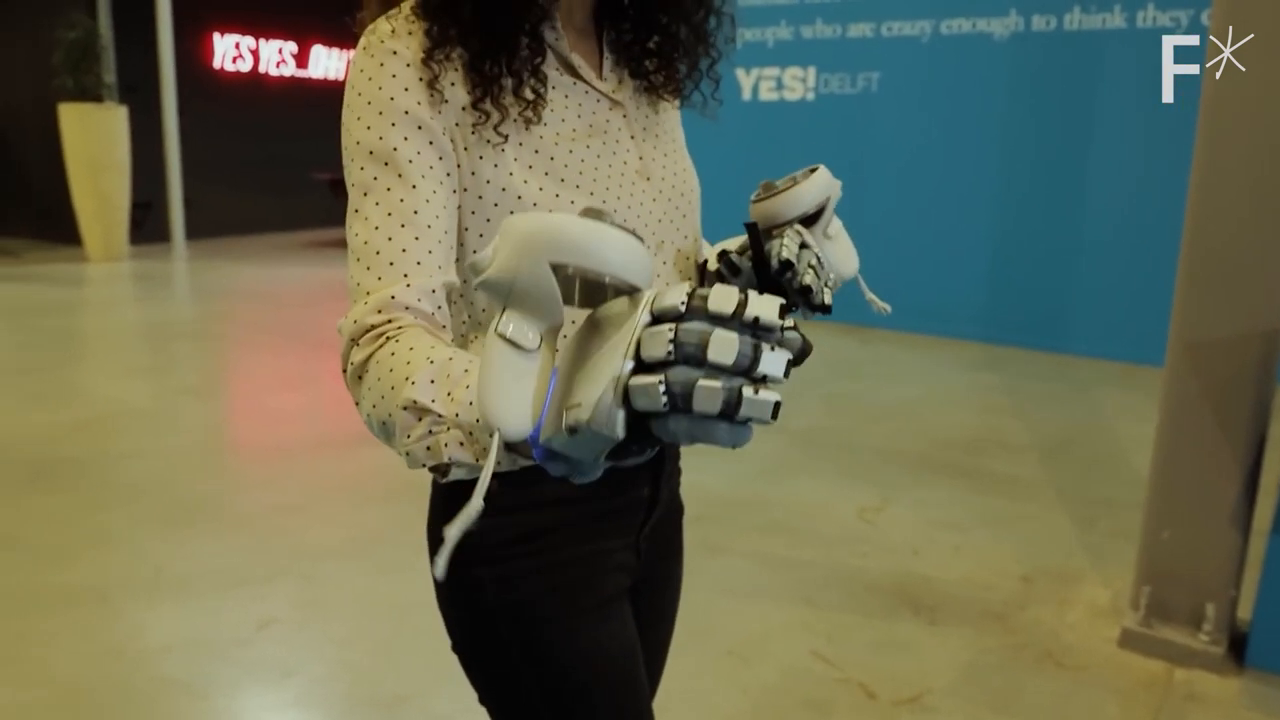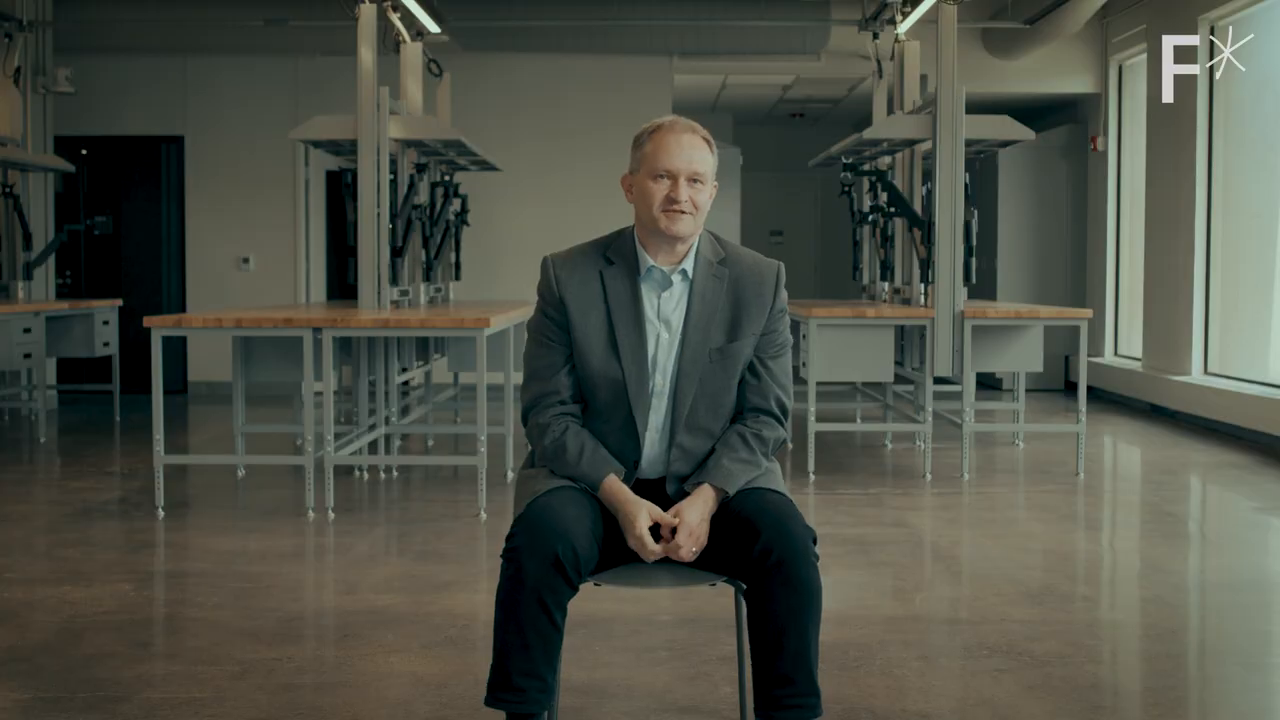Revolutionizing Virtual Reality: The Future of Haptic Technology
The concept of virtual reality (VR) has been around for decades, but it's only recently that we've seen significant advancements in the field. One of the key elements missing from the VR experience is a sense of touch. However, a company called Afference has found a way to create an interface between the digital realm and our nervous system, allowing us to feel virtual objects. In this article, we'll delve into the world of haptic technology and explore the possibilities it holds for the future of virtual reality.
Introduction to Haptic Technology
 Introduction to the concept of haptic technology and its potential applications
Introduction to the concept of haptic technology and its potential applications
Haptic technology is a type of technology that allows us to feel tactile sensations. The term "haptic" comes from the Greek word "haptesthai," meaning "to touch." In the context of virtual reality, haptic technology enables us to experience a sense of touch when interacting with virtual objects. Afference, a company specializing in haptic technology, has developed a device called the Phantom, which can transmit a sense of touch to our nervous system using small electrical signals.
Meet the Co-Founders of Afference
 Introduction to the co-founders of Afference and their background in neural engineering
Introduction to the co-founders of Afference and their background in neural engineering
The co-founders of Afference, Jacob and Dustin, have a background in neural engineering. They have developed prosthetics that can connect to the central nervous system, allowing people with limb differences to control their prosthetic limbs. Their expertise in neural engineering has led to the development of the Phantom, a device that can transmit a sense of touch to our nervous system.
Haptic Experiences So Far
 Discussion on the current state of haptic experiences and their limitations
Discussion on the current state of haptic experiences and their limitations
Currently, most haptic experiences use little vibrating motors to imitate the way we experience tactile sensations. However, these motors are crude and cannot replicate the complexity of human touch. Afference's technology allows us to skip the skin and send information directly to the brain through neural interfaces. This technology has the potential to revolutionize the way we experience virtual reality.
Testing the Phantom Harness
 Demonstration of the Phantom harness and its capabilities
Demonstration of the Phantom harness and its capabilities
The Phantom harness is a device that can transmit a sense of touch to our nervous system. It's a cool, futuristic glove that leaves your fingertips exposed, allowing you to interact with virtual objects while feeling tactile sensations. The harness uses small electrical signals to stimulate the nerves in your fingers, creating a sense of touch.
The Future of Afference
 Discussion on the future of Afference and the potential applications of their technology
Discussion on the future of Afference and the potential applications of their technology
Afference's technology has the potential to revolutionize the way we experience virtual reality. It could allow us to operate robots remotely with a sense of touch, enabling us to manipulate objects with precision. It could also enable surgeons to experience a sense of touch as they operate tiny robotic manipulators. The possibilities are endless, and Afference is working to integrate their technology into wearables like rings or watches that connect to spatial computing or other digital content.
Conclusion
The future of haptic technology is exciting and full of possibilities. With Afference's Phantom harness, we can experience a sense of touch in virtual reality, allowing us to interact with virtual objects in a more immersive way. As this technology continues to develop, we can expect to see new and innovative applications in various fields, from gaming to healthcare. The potential for haptic technology to revolutionize the way we experience virtual reality is vast, and companies like Afference are at the forefront of this revolution.
